EVs, hybrids, and a couple of sports cars—here are the 10 best cars we drove in 2023.

The mince pies have been eaten, the crackers have been cracked, and the days are starting to get longer. That means it’s time to look back on the best vehicles we tested in 2023. It has been a good year for electric vehicles, which accounted for almost one in ten new vehicles sold in the US this year. We’ve also driven some rather good hybrids, as well as a pair of sports cars that reminded us that there’s still room for enthusiast cars. Read on to find out which cars made the cut.
1. Polestar 2
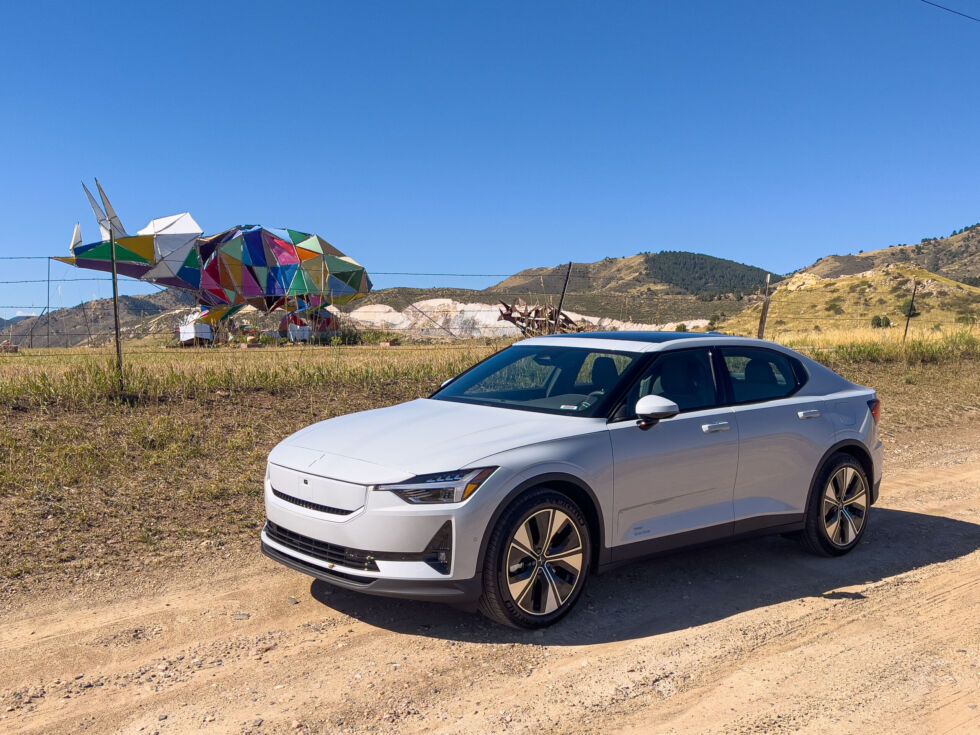
In addition to claiming the top spot in 2023, Polestar might also win a prize for the most significant reengineering job for a midlife refresh. Normally, an automaker might restyle the bumpers or change the headlights and tweak the interior when it gives a model its spruce-up after a few years on sale. Not Polestar—it mostly left the cosmetics alone but moved the electric motor in the single-motor Polestar 2 from under the hood, where it drove the front wheels, to the rear, where it now drives the rear wheels.
Combined with a bit of a bump in power (ok, 29 percent more power and 48 percent more torque), the result is a real driver’s car, with better steering and handling than the front-wheel drive Polestar 2 it replaces. There’s more standard equipment than before, and it’s more efficient, too. Only about 30 percent of US Polestar customers have picked the single-motor model in the past, but they’re missing out. The twin-motor car might be faster, but it’s less engaging to drive, has less range, and costs a whole bunch more.Advertisement
2. Hyundai Ioniq 6
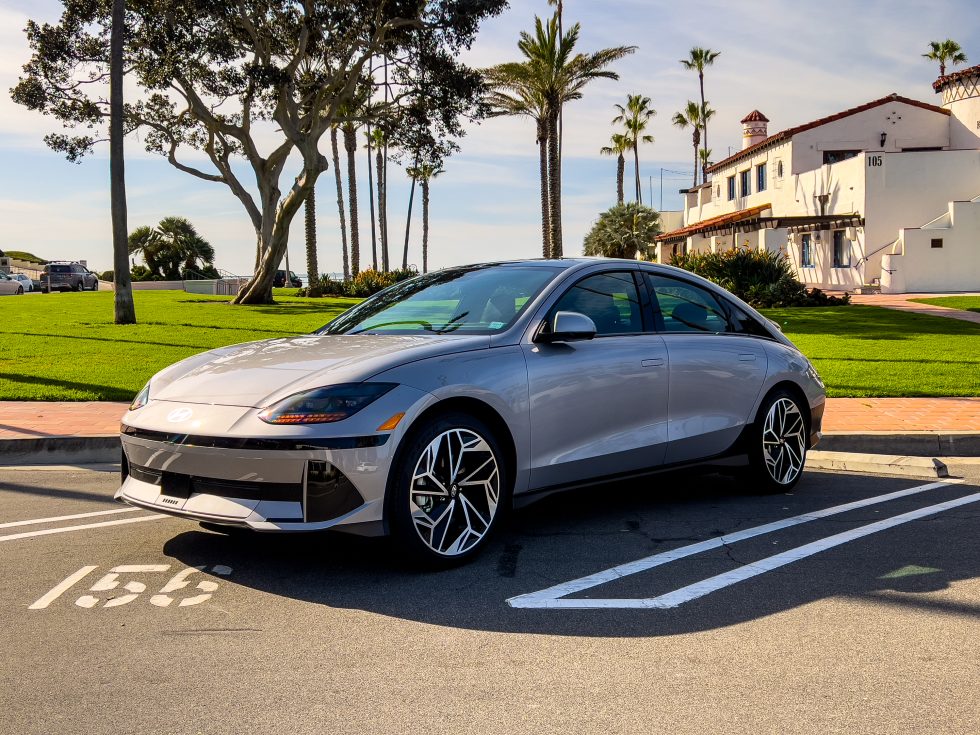
Korean EVs built using Hyundai Motor Group’s highly competent E-GMP platform took the top spot in 2021 and 2022, but this year Hyundai will have to settle for first runner-up with the Ioniq 6, a somewhat eccentrically styled but highly efficient sedan. Like the other E-GMP EVs, its battery pack operates at 800 V, which means (among other things) it’s capable very fast DC charging—just 18 minutes connected to a 350 kW charger will return the Ioniq 6’s battery pack to 80 percent, which earned this EV the top spot in a recent test of which EVs added the most range the fastest.
The Ioniq 6’s bold exterior is partnered with a more restrained interior that, while not flashy, is spacious and comfortable. And its little whale tail spoiler is a delight, especially when the sun catches the inset prismatic panel on its upper surface.
3. Toyota Prius
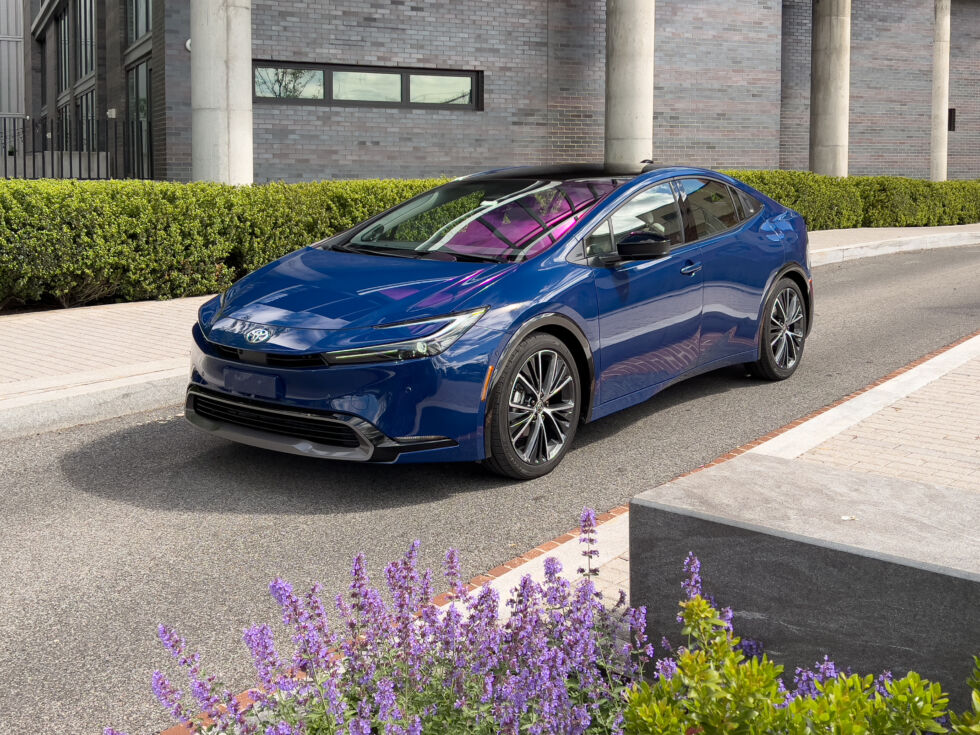
The transformation of the Toyota Prius from fourth- to fifth-generation would be worthy of one of Hans-Christian Anderson’s fairy tales. Out went a weird-looking car that appeared to have been designed by two entirely separate teams that then crashed their creations together; in came a super-sleek replacement with a more-steeply raked windshield than a Lamborghini Huracan.
Lower and wider than before, the dramatic-looking Prius is still all about fuel efficiency despite the makeover. The engine has grown slightly in capacity, there’s a lithium ion traction battery in place of the previous car’s NiCad pack, and electric all-wheel drive is an option now too. But the real headline is 57 mpg (4.13 L/100 km)—assuming you picked a Prius on the smaller wheels.
In fact, we tested two different Prius variants in 2023, the parallel hybrid and the slightly more expensive plug-in hybrid, which features a bigger battery pack and about 35 miles of electric range. And since I can’t pick which one of the two I prefer, I’m counting them both.
ARS VIDEO
How Scientists Respond to Science Deniers
4. Kia Niro
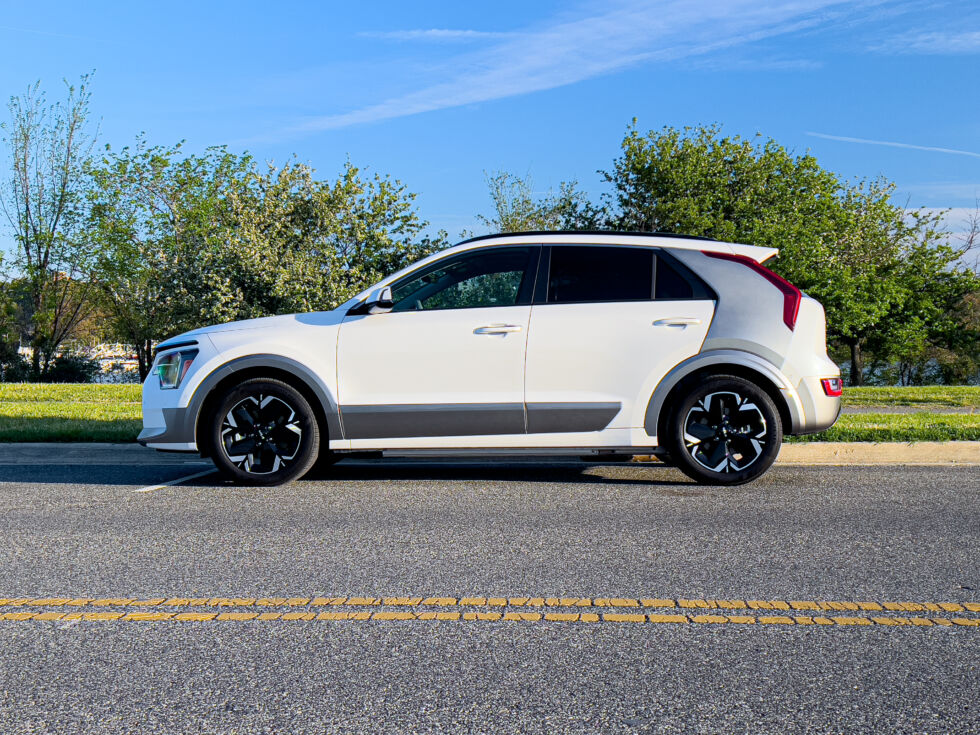
Kia may have given the Niro much more conventional styling than you’d find on a Prius (whether that’s this generation or last), but for some people the Niro’s normal hatchback looks are a positive thing. And it’s not really any less aero-efficient than the Japanese hybrid, either.
The Niro isn’t especially fast, and the driving experience probably won’t make your pulse race, but it’s hard to argue with its practicality or the fact that 53 mpg (4.44 L/100 km) makes it one of the most efficient gasoline-powered cars on sale.
Like the Prius, you have a choice of various drivetrains in a Niro. We didn’t get a chance to test the Niro PHEV in 2023, but we did spend a week with the battery EV variant, and really rather liked that one too.
5. Volvo EX30
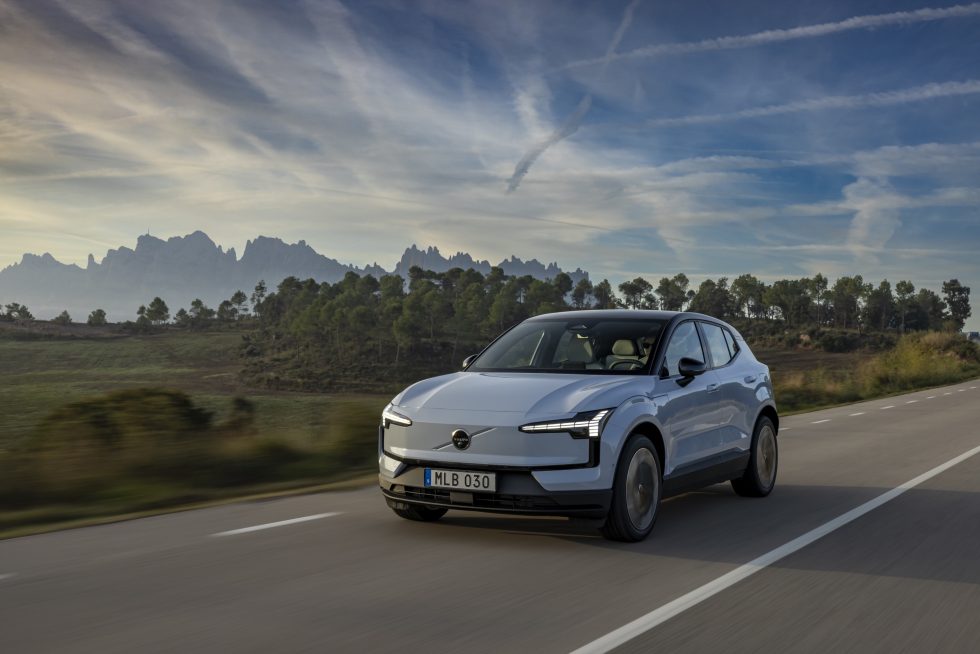
Volvo is on its way to becoming an entirely electric automaker by 2030, and this year it did something many readers have been asking for—it released a more affordable EV. It’s called the EX30, and Volvo has worked hard to cut this car’s carbon impact as well as its cost through clever use of recycled materials but also through simplifying the build process, forgoing superfluous switches and minimizing stamped parts. As a result, the four-seat crossover has a 25 percent smaller carbon footprint than the slightly bigger XC40.Advertisement
It’s a handy size for city driving with good visibility, and while there is a dual-motor EX30 available, we think the single-motor model will be the pick for most people, particularly since it starts at just $36,245.
6. Porsche 911 Sport Classic
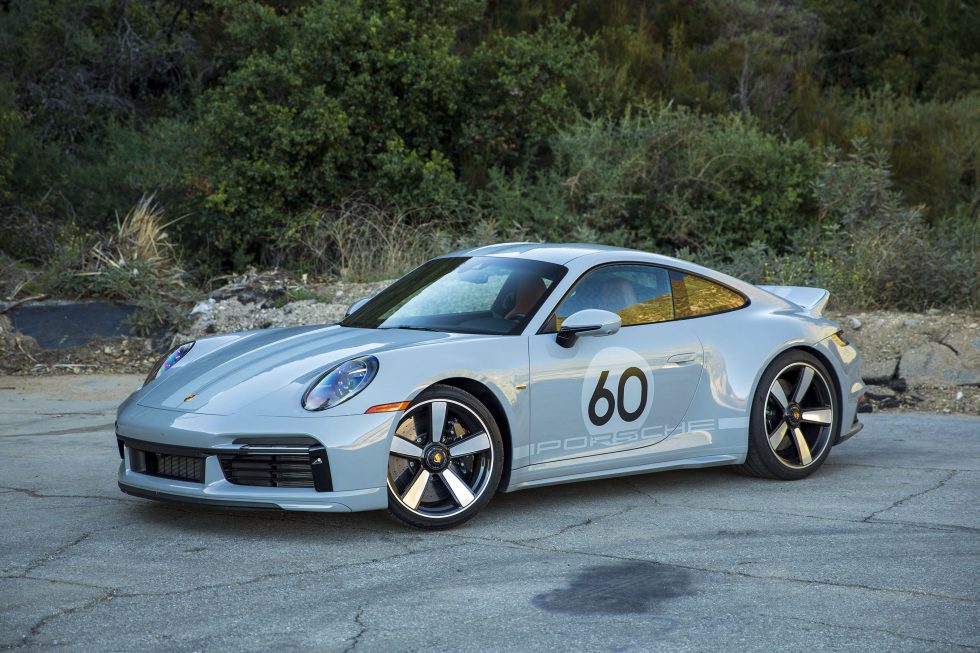
There is virtually an entire alphabet of Porsche 911 variants out there, each one a slightly different variation on the same rear-engined theme, but each somehow managing to arrive at its own unique character. And “character” is the name of the game with the 911 Sport Classic, which emerged from Porsche’s Heritage Design Edition series earlier this year.
The styling pays homage to the iconic 1973 Carrera RS and its ducktail rear spoiler, but also an earlier 2010 Sport Classic that similarly featured wheels reminiscent of the old Fuchs alloys, and Zagato-like roof bubbles, meant to accommodate taller drivers wearing helmets.
Not that the track is the Sport Classic’s natural home—this souped up 911 trades ultimate performance and ground-hugging downforce for daily driver usability and a performance envelope that’s a little more accessible to those of us who aren’t employed as Porsche factory racing drivers. The only real downsides are the fact that Porsche has only built 1,250 Sport Classics, and the fact that you’d need at least $272,300 to make one yours.
7. Hyundai Ioniq 5 N
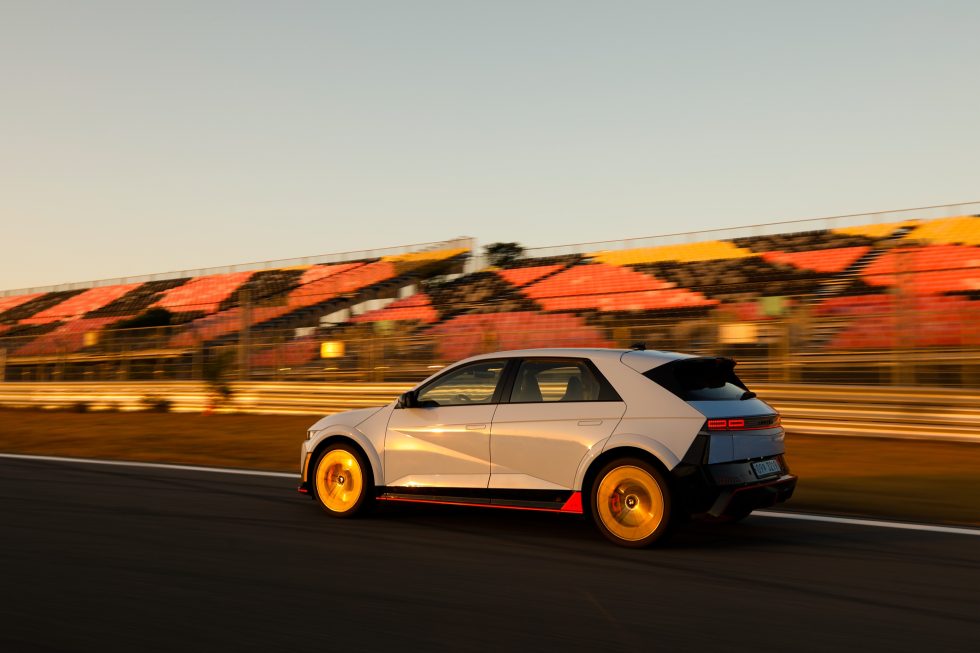
Not for the first time, two E-GMP EVs made our annual top 10. Last year, it was the Kia EV6 and Genesis GV60, this year there’s the already mentioned Hyundai Ioniq 6, and this entry, the Ioniq 5 N.
Part of Hyundai’s big leap forward in recent years can be attributed to the way the company went on a hiring spree. It not only rounded up some of the industry’s best designers but also some very talented vehicle engineers, including Albert Biermann, poached from BMW’s M division. Biermann has since retired but not before training up a generation of vehicle dynamics boffins, and the Ioniq 5 N is their first full performance EV.
It features enhanced thermal management of the battery to better withstand hot laps, and it will regeneratively brake twice as hard as most normal EVs. But the thing that really broke our brain was the Ioniq 5 N’s “E-Shift,” which artificially replicates the experience of working a car through its gears. Fake it might be, fun it definitely is. And a lot less complicated than Toyota’s fake EV transmission in the process.
8. Toyota GR Corolla
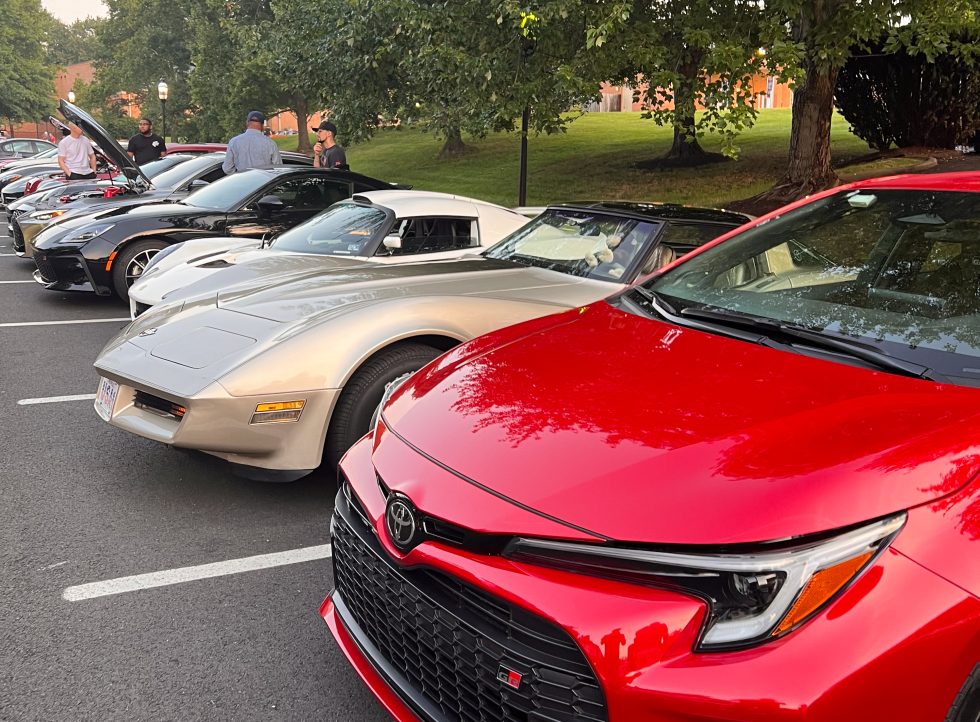
Toyota has sold millions and millions of Corollas, and almost all of them are mundane-mobiles. Not so the GR Corolla. It was designed specially for the US market, since we missed out on the GR Yaris, but the recipe is pretty much the same.
Take one small hatchback, add a whole load of new welds to stiffen the shell, then drop in a powerful 1.6 L turbocharged 3-cylinder engine and all-wheel drive powertrain, complete with six-speed manual transmission and a dial that lets you change the torque split from 60:40 to 50:50 to 30:70.
It’s got massive flared arches to cover up the bigger wheels and tires and a smattering of functional air vents to keep all the mechanical bits properly cooled. But it’s also quite efficient for a performance car, retaining all the practicality you expect from a Corolla hatchback, unless you happen to find one of the even more special GR Morizo editions—these ditch the back seats and add a carbon fiber roof.Advertisement
9. Genesis GV70 Electrified
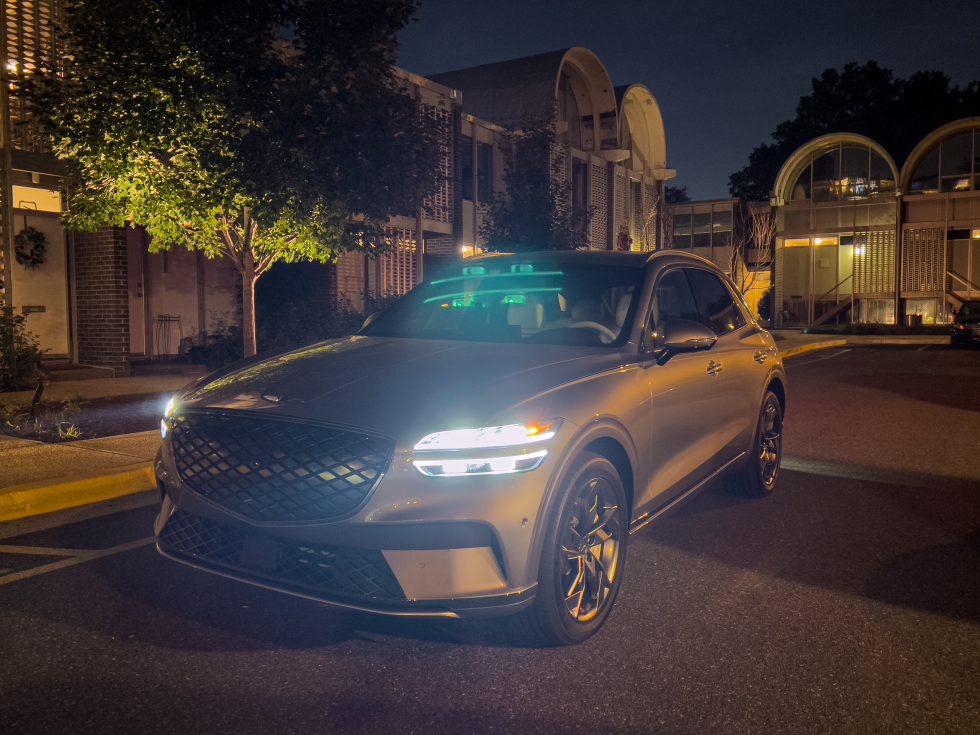
This pick will probably upset some purists out there, those who have no truck with a car built on a platform designed to be powertrain agnostic. Their loss then, because while you can buy a gasoline-powered GV70 crossover, you should pick the GV70 Electrified version instead.
The GV70 has real baby Bentley vibes both inside and out—no surprise then that Genesis (and parent company Hyundai) hired Bentley designer Luc Donckerwolke some years ago, where he and his team have refined the ideas they were were working on in Crewe. It feels luxurious to drive as it cossets you in its quilted leather interior and glides silently down the road.
The powertrain is shared with another electric Genesis we adore, the GV60, and that means super-fast DC charging and, when you need it, quite the turn of speed thanks to a boost button on the steering wheel that will help you hit 60 mph from a standstill in less than four seconds.
10. Porsche 356/1
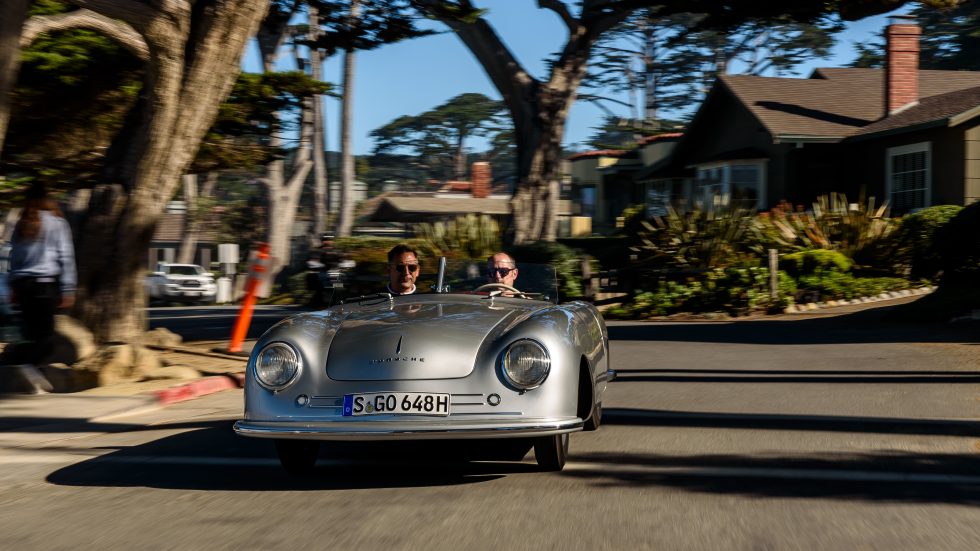
Our final spot in the top 10 for 2023 could have gone to a number of four-wheeled machines. There was the electric Rolls-Royce Spectre, which confirmed my suspicions that swapping a V12 for some batteries and a pair of electric motors would be a step up. And the McLaren 750S, which was more than a little fun on track in Portugal. We finally got behind the wheel of a Lucid Air, which now looks a little incomplete next to the mighty BMW i7 M70.
The car that rounds out this list is, technically, more expensive than any of those, while at the same time being far less powerful. I say more expensive, but perhaps “priceless” is a better word, since it’s 356/1, the very first road car to wear the Porsche name badge. The Porsche museum brought along what might be one of the most valuable cars in its entire collection to Rennsport Reunion this summer, and Porsche asked us to drive it.
In fact, they asked Ars to go first—no pressure there, only a priceless old car to potentially break—but the drive went off without a hitch, even if 35 hp has never felt so intimidating.




